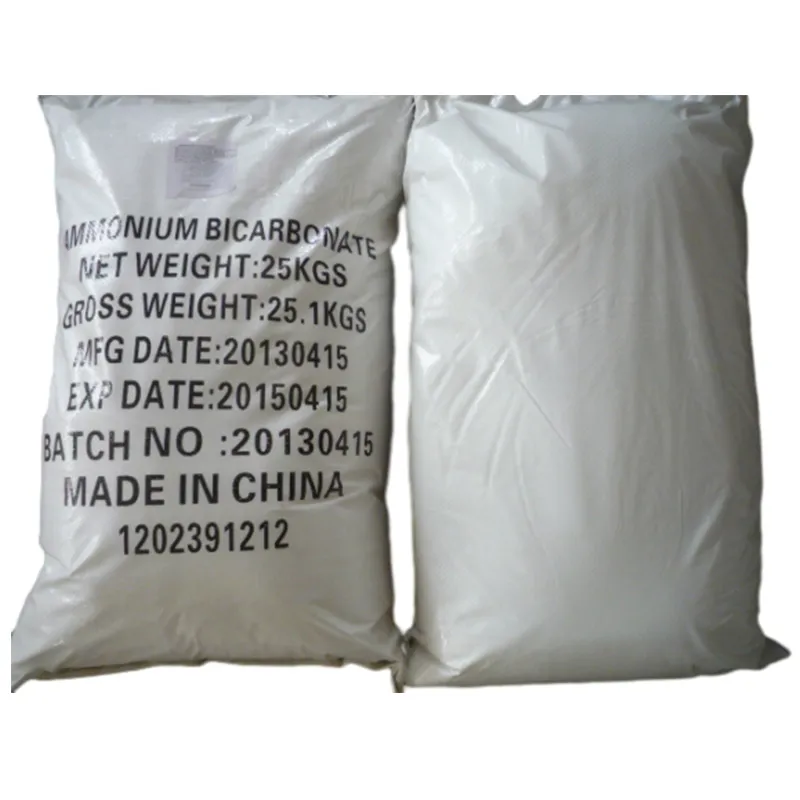
Fév . 18, 2025 06:55
Back to list
aspartame
Aspartame is a popular artificial sweetener used globally by millions looking to reduce sugar intake. Developed over four decades ago, it's a compound comprised of two amino acids aspartic acid and phenylalanine. These naturally occurring amino acids are bonded together with a methyl ester group. Despite its widespread usage, aspartame's safety and components remain topics of discussion.
Aspartame’s stability is compromised at high temperatures, unlike some artificial sweeteners. This means it might not be suitable for baking or cooking at high temperatures, as it can degrade and lose its sweetening power. This characteristic necessitates careful consideration when using it in food products that require heating. Numerous health agencies, including the US Food and Drug Administration (FDA), the European Food Safety Authority (EFSA), and the World Health Organization (WHO), have conducted extensive studies on aspartame. They consistently affirm that aspartame is safe for general consumption within established daily intake limits. These findings lend authority and credibility to its continued use and acceptance in dietary practice. In terms of public perception, aspartame has navigated a complex landscape over the years, with debates and studies both supporting and contesting its safety. Yet, the body of scientific evidence supports its safety, reinforcing trust in its application within the food industry. Transparency about its composition and metabolic pathway helps consumers make informed choices, aligning with a growing trend towards nutritional awareness and the quest for reduced sugar consumption. Aspartame continues to be a pivotal ingredient in the evolution of low-calorie food and beverage markets. Its formulation reflects advances in biochemical engineering and nutrition science, offering a sugar alternative adapted to the modern consumer's dietary expectations. With ongoing research and technological development, aspartame remains at the forefront of discussions on dietary sweeteners, maintaining its role amidst evolving health and wellness paradigms.


Aspartame’s stability is compromised at high temperatures, unlike some artificial sweeteners. This means it might not be suitable for baking or cooking at high temperatures, as it can degrade and lose its sweetening power. This characteristic necessitates careful consideration when using it in food products that require heating. Numerous health agencies, including the US Food and Drug Administration (FDA), the European Food Safety Authority (EFSA), and the World Health Organization (WHO), have conducted extensive studies on aspartame. They consistently affirm that aspartame is safe for general consumption within established daily intake limits. These findings lend authority and credibility to its continued use and acceptance in dietary practice. In terms of public perception, aspartame has navigated a complex landscape over the years, with debates and studies both supporting and contesting its safety. Yet, the body of scientific evidence supports its safety, reinforcing trust in its application within the food industry. Transparency about its composition and metabolic pathway helps consumers make informed choices, aligning with a growing trend towards nutritional awareness and the quest for reduced sugar consumption. Aspartame continues to be a pivotal ingredient in the evolution of low-calorie food and beverage markets. Its formulation reflects advances in biochemical engineering and nutrition science, offering a sugar alternative adapted to the modern consumer's dietary expectations. With ongoing research and technological development, aspartame remains at the forefront of discussions on dietary sweeteners, maintaining its role amidst evolving health and wellness paradigms.
Next:
Latest news
-
Sodium Dichloroisocyanurate Safety Handling ProtocolsNewsJul.29,2025
-
Mining Chemicals for Copper Extraction Processes GuideNewsJul.29,2025
-
Fertilizer for Sale Shipping and Storage TipsNewsJul.29,2025
-
Dimethyl Disulfide as Sulfurizing AgentNewsJul.29,2025
-
Benzotriazole Safety Data Handling and Storage GuidelinesNewsJul.29,2025
-
Ammonium Bicarbonate Safety Handling Storage GuidelinesNewsJul.29,2025
-
The Transformative Role Of Trichloroisocyanuric Acid in Water TreatmentNewsJul.23,2025
HOT PRODUCTS
Hebei Tenger Chemical Technology Co., Ltd. focuses on the chemical industry and is committed to the export service of chemical raw materials.
-

view more DiethanolisopropanolamineIn the ever-growing field of chemical solutions, diethanolisopropanolamine (DEIPA) stands out as a versatile and important compound. Due to its unique chemical structure and properties, DEIPA is of interest to various industries including construction, personal care, and agriculture. -

view more TriisopropanolamineTriisopropanolamine (TIPA) alkanol amine substance, is a kind of alcohol amine compound with amino and alcohol hydroxyl, and because of its molecules contains both amino and hydroxyl. -

view more Tetramethyl Thiuram DisulfideTetramethyl thiuram disulfide, also known as TMTD, is a white to light-yellow powder with a distinct sulfur-like odor. It is soluble in organic solvents such as benzene, acetone, and ethyl acetate, making it highly versatile for use in different formulations. TMTD is known for its excellent vulcanization acceleration properties, which makes it a key ingredient in the production of rubber products. Additionally, it acts as an effective fungicide and bactericide, making it valuable in agricultural applications. Its high purity and stability ensure consistent performance, making it a preferred choice for manufacturers across various industries.











